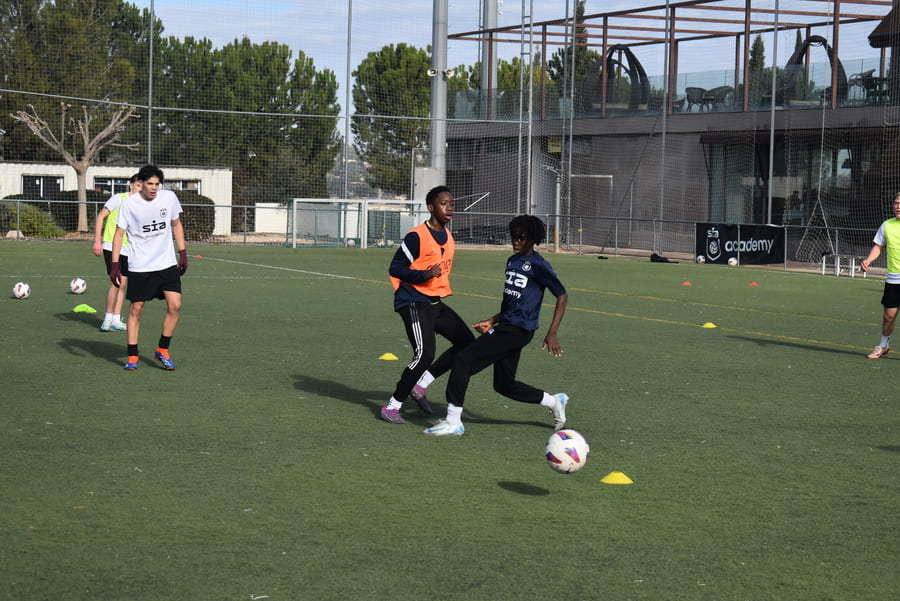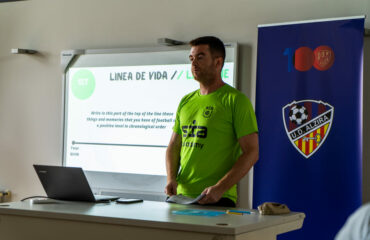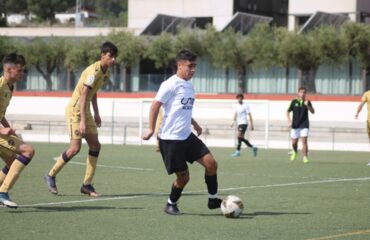The attack-defense transition is one of the most crucial moments in modern football, as a team must be able to adapt quickly from an offensive to a defensive state to maintain control of the match. This ability depends not only on the players’ technical skills but also on their tactical understanding and ability to adapt to changing situations on the field.
Table of contents
What is the attack-defense transition?
The attack-defense transition refers to the exact moment when a team loses possession of the ball while in an offensive phase and needs to reorganize quickly to prevent the opposing team from taking advantage. It is a phase of the game in which players must react quickly and make strategic decisions to neutralize the opponent.
The speed and effectiveness with which a team carries out this transition will often determine the outcome of the match. If the team manages to defend quickly and regain possession of the ball, they can reverse the play and return to attack successfully. However, if these moments are not properly managed, there may be a defensive disorganization that allows the opponent to score easily.
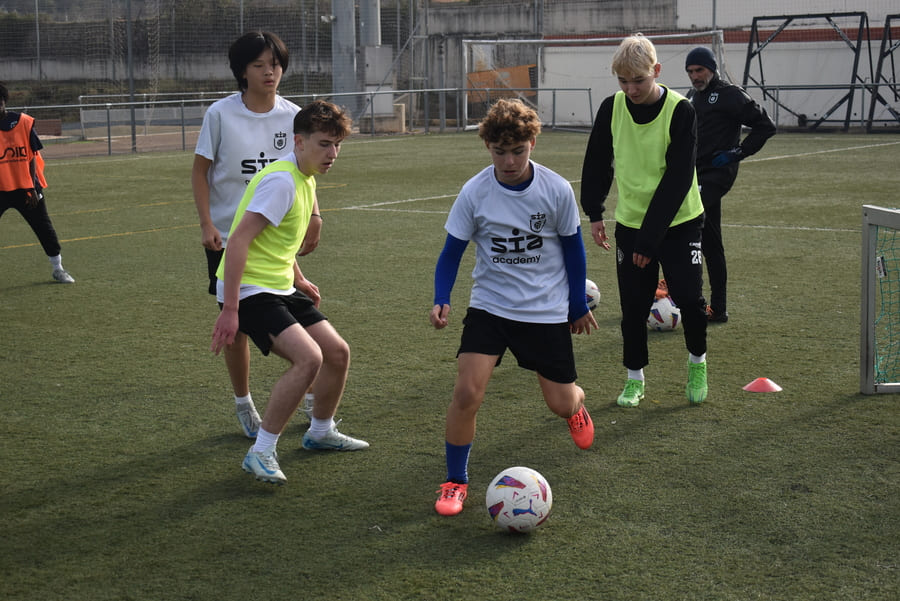
The importance of transition in modern football
Modern football is characterized by a much faster and more dynamic game. Teams press intensely when they do not have the ball, so the transition between attack and defense becomes a matter of life or death. A team’s ability to defend quickly after losing the ball, or to attack in an organized manner after regaining it, is essential to maintaining control of the game.
A team that does not master this transition is vulnerable to counterattacks, where the opposing team has the opportunity to exploit open spaces and score goals more easily. Moreover, an effective transition allows teams to regain possession quickly, increasing the chances of generating offensive plays rapidly.
Speed of reaction in the transition
The attack-defense transition begins with the speed of reaction of the team when losing possession of the ball. A team that does not respond quickly when losing possession will be exposed to counterattacks from the opponent. It is essential that players are able to change their mindset quickly: moving from being offensive to defensive in an instant.
To improve this speed of reaction, training should include specific exercises that force players to move quickly into defensive positions. The faster and more effectively this change happens, the better the team’s ability to prevent the opponent from exploiting spaces.
Pressure after the loss
When possession is lost, immediate pressure is crucial. The team must be trained to pressure the opponent immediately, even within the first seconds after losing the ball. The key here is collective organization: players must act together to make it difficult for the opposing team to break out and recover the ball as quickly as possible.
This collective pressure also helps prevent the opponent from settling in and taking time to organize a counterattack. A well-trained team knows how to apply this pressure in a synchronized manner, creating difficulties for the opponent from the very first moment of losing possession.
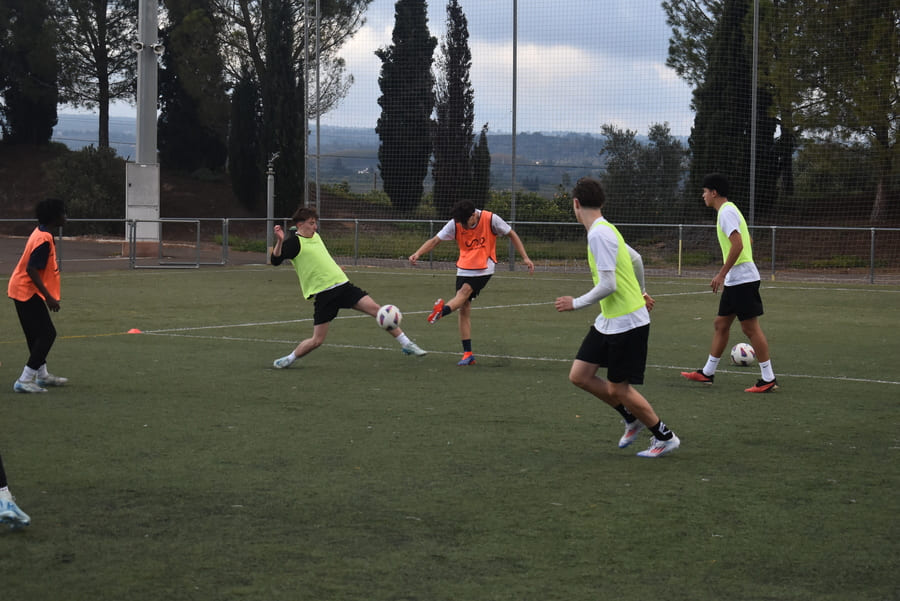
Simulations of real game situations
One of the best ways to prepare players to handle transitions in real conditions is through simulations of game situations. During these exercises, coaches recreate scenarios where a team loses possession and has to quickly organize to prevent a counterattack.
These simulations allow players to experience the pressure of a real match and make quick decisions, improving their ability to handle transitions in high-intensity situations. Additionally, it gives them the opportunity to practice both defensive and offensive skills in a controlled environment, preparing them for the challenges of actual matches.
Compact defense during the transition
Another key factor is maintaining a compact defense. When a team loses possession, it must quickly reorganize into a solid defensive structure. This means that players must move together and maintain defensive cohesion to reduce the spaces where the opposing team might advance.
The compact defense ensures that the team can cover the gaps the opponent might try to exploit. It is vital that all players are aligned and ready to defend effectively, even when they have not fully regained possession of the ball.
Communication in the transition
Communication is key during the transition, both in defense and attack. Players must be in constant contact, verbally or non-verbally, to ensure everyone is on the same page. This is especially important in high-pressure moments when decisions must be made quickly.
Effective communication helps coordinate pressure on the opponent, the repositioning of players in defense, and the return to offense once possession is regained. It also facilitates teamwork, as players can ask for help, cover spaces, or point to a teammate in a better position to intercept the ball.



